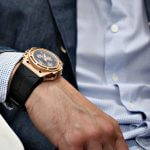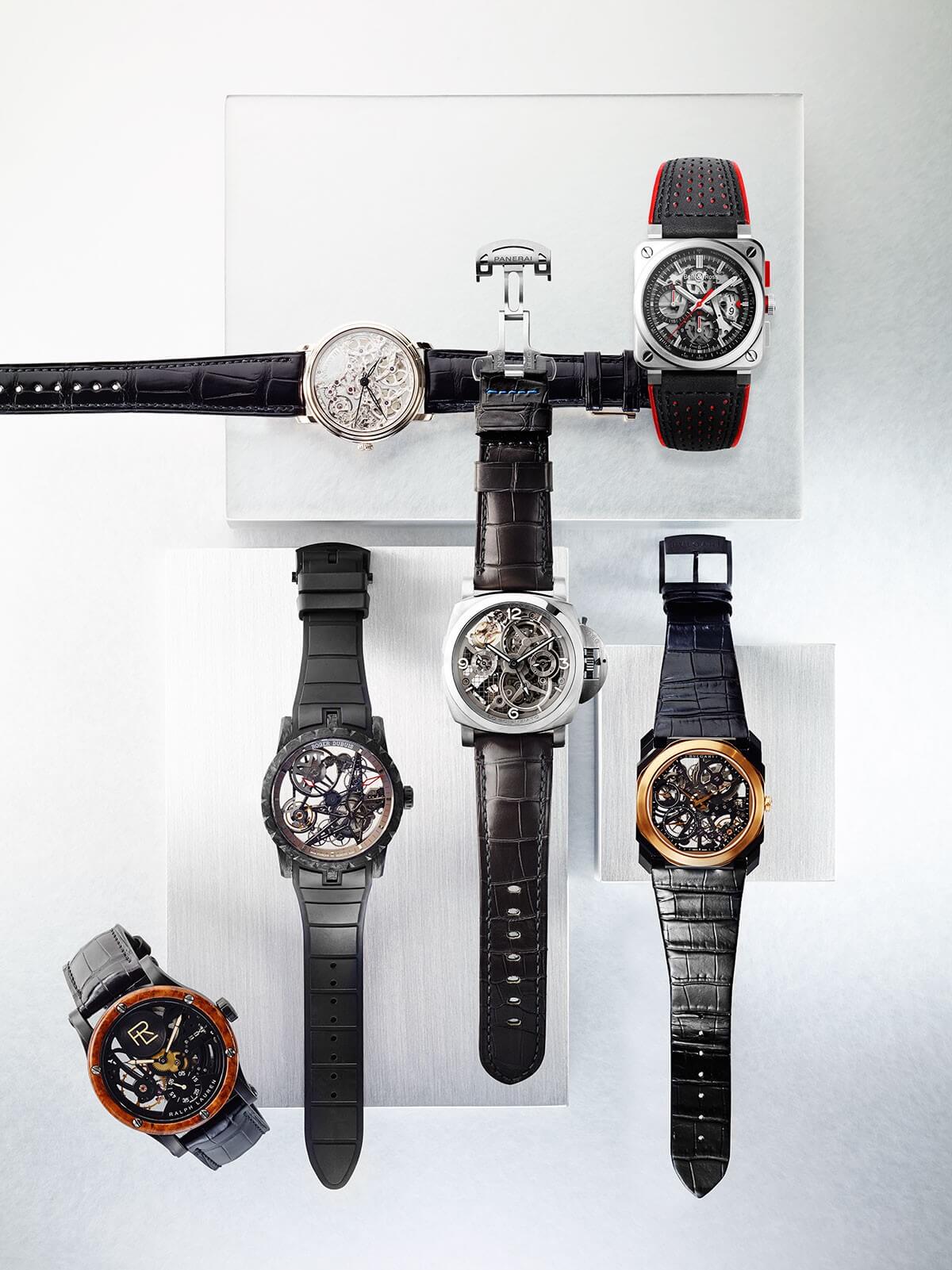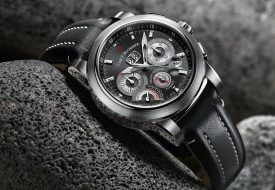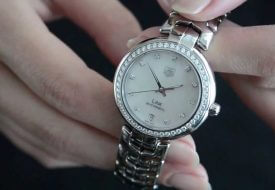Behind The Luxury: The Secret World of Watch Testing
The Rolex’s landmark Geneva headquarters is a 1.3 tonne of stainless steel. It is a costly process. The flaw in every construction will make it explode and it has to ensure that all the things are right prior to the hyperbaric action.
This means that the firm has been able to provide the specialist places for divers working for the likes of Comex. The underwater engineering firm whose elite members all around the world record for the deep saturation dives.
Rolex can get the credibility for the wearer whose depths can surpass that in the morning shower. Every Rolex is tested to a depth of twenty five more than that shown on the dial. There is by no means to test a watch. The fastening gets opened and closed at tens of thousands of times and it is immersed in salt and sandy water and in many of the chlorine solutions.
Nearly all the variables can impact the performance of the watch and they have to be tested for. The various tests have to be in compliance with the regulations of the local and worldwide when the customers travel.
If the conditions are very extreme for a watch has to function, the testing can be very extreme. You can freeze the oils in any usual watch. There was no test at all for all of the transmitter batteries that we made for the similar piece and you can make your own standards. You require a great deal of skills for this.
A nice, big steel hammer can hit your watch again and again. This is the oldest and very significant for several of the Swiss timepieces. People always think that you are joking when they actually view it and you will whack that costly watch. It is of no significance for being crude. You have to drop your watch on a hard floor and the outcome is not subtle. Many of the prototypes had gone some trial by height when their designers dropped them from tall heights.
T






